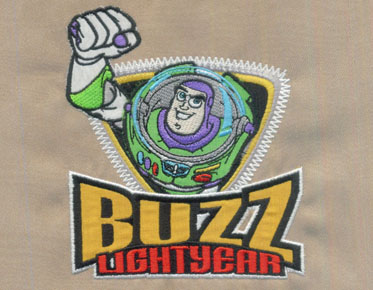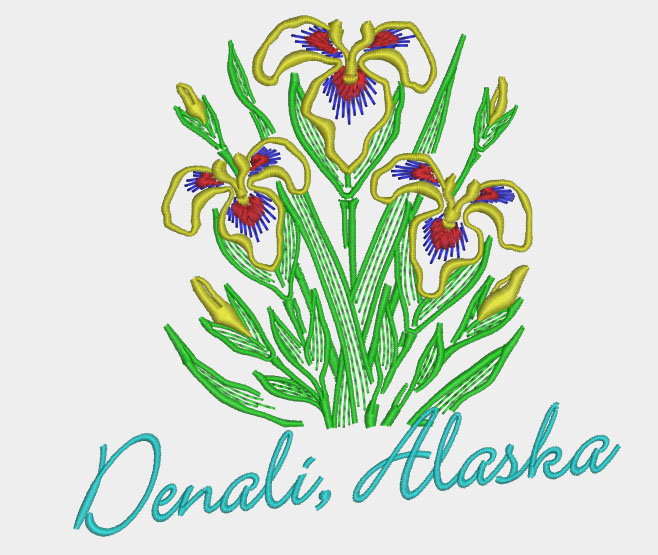Types of Stitches in Embroidery Digitizing You Should Know About
When learning about embroidery digitizing, it's important to understand the different types of needles and when they should be used. Embroidery digitizing is not a simple process; it has several complex aspects. Even if you don't have an understanding of needle types, you don't need to worry, hire an experienced embroidery digitizer who will make sure you receive high quality work.
Embroidery stitch type; the concept!
A very well known term for embroidered
switches is also embroidered swings. Needle drops are counts of needles, and
for every thousand needles on the design, a needle will drop a thousand times.
Pricing depends on stitch count, so it must be checked. There are different
types of pins, which are used with proper knowledge and understanding of the
result of the design:
Satin stitching
It is one of the widely used technologies,
in other words, it is called jumper wire. It works on the left-right-left-right
technique. If you're working on an object that takes up less than a centimeter
of space, satin stitching is your best bet for the nice, cleanest look. It
attaches the appliqué to the bottom fabric and comes in brick, bourdon,
encroachment, padding, and variations with machine-made satin stitching that
outlines both long and short.
Tatami stitching
It is often called a fill stitch. For the aesthetic appeal of the fabric, this stitch is used as it covers more than 1 cm of space, which means it covers large spaces, it provides a very smooth look, the tatami effect can be customized with different gradients and forms .
Zigzag stitch
This stitch is very similar to a satin stitch, like a left and right zigzag stitch. The only difference that can identify them individually is the spacing between the stitches, if they are very close then the stitches are more likely to be satin, but the zigzag stitch goes from one angle to the other. Satin is just a straight angle.
Steil Stitch
This is again very similar to satin, except
it is a zig-zag pattern and only has one line to keep the thickness even,
recommended for border work.
Cross stitch
Cross stitch is used by various embroidery designers and it is one of the most commonly used stitch types in hand embroidery because it has many transitions such as half cross, full cross, quarter cross, etc.
At Eagle Digitizing we work with our
clients to have a clear understanding of what they are looking for and the
stitches they would prefer in their product, the goal is to give you the best
user experience.



